Japanese Ceramics: The Joy of Shonzui Pottery and More
James Lau
Posted on November 13, 2024
Share:
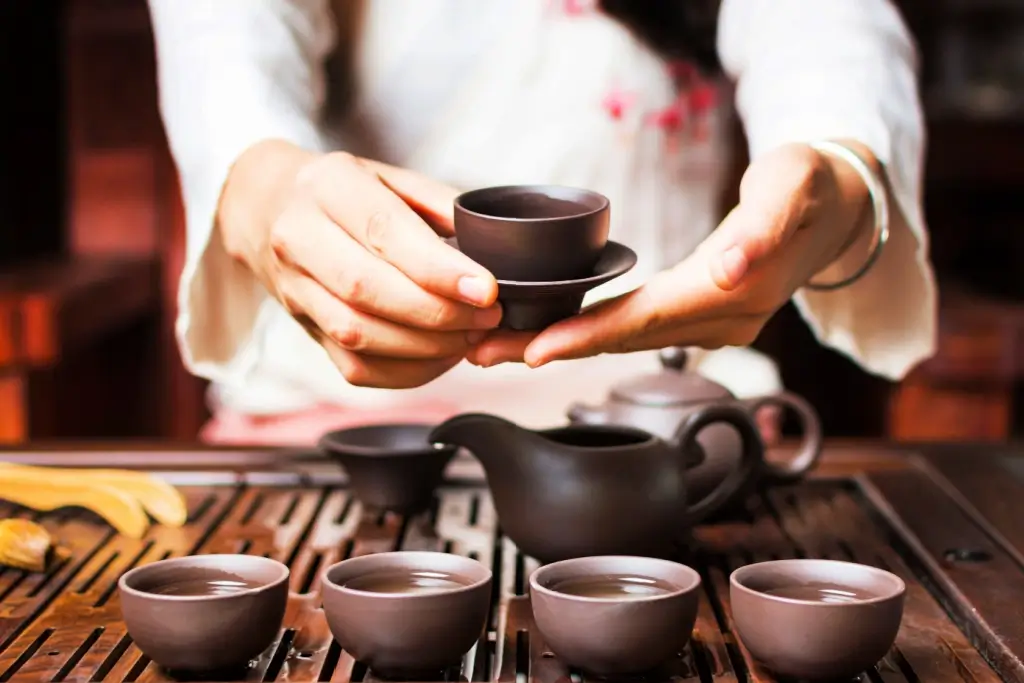
Japanese ceramics are famous worldwide for their beauty and craftsmanship. They offer a world of artistry for collectors and admirers, from designs to glazing. Within this tradition is Shonzui pottery, known for its delicate details and unique style! Let’s explore the history and charm of Shonzui pottery and other iconic Japanese ceramics, each with its own story and distinct beauty!
What is Shonzui pottery?
Shonzui pottery is a celebrated form of Japanese ceramics, recognized for its intricate patterns and striking blue-and-white design. Originating in the Edo period, artisans influenced Shonzui pottery by Chinese porcelain while developing its distinct Japanese taste. Artists decorate Shonzui pieces with scenes from nature, mythological figures, or abstract patterns. They generally hand-paint this pottery, making each piece a unique work of art.
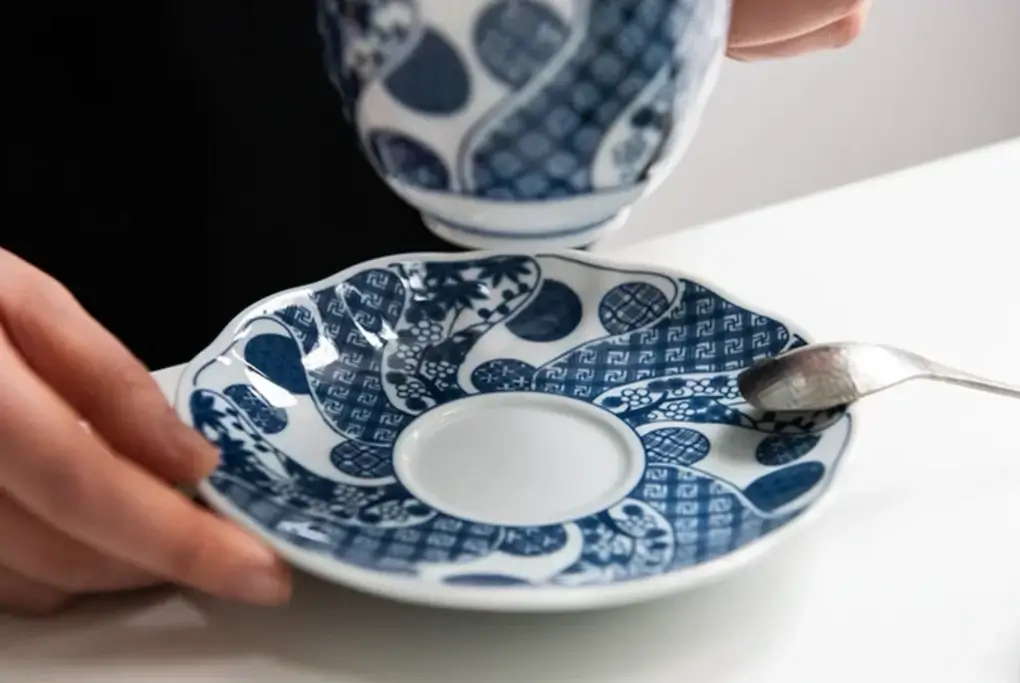
The skill involved in creating Shonzui pottery requires years of training and dedication. This craftsmanship is what makes Shonzui pieces so prized and sought after. The blue-and-white color scheme is representative of Japanese aesthetics, highlighting its simplicity and subtlety. These ceramics are used in tea ceremonies or as art pieces. Collectors appreciate Shonzui pottery for its connection to Japanese history and refined elegance.
Yunomi Teacups
Yunomi teacups are a staple of Japanese tea culture. They are designed for everyday tea drinking and have functional yet artistic qualities. Unlike formal teacups used in traditional tea ceremonies, Yunomi are informal, allowing various shapes, glazes, and designs. They are taller than they are wide and without handles. Made in countless styles across different regions in Japan, Yunomi reflects the spirit of everyday enjoyment.
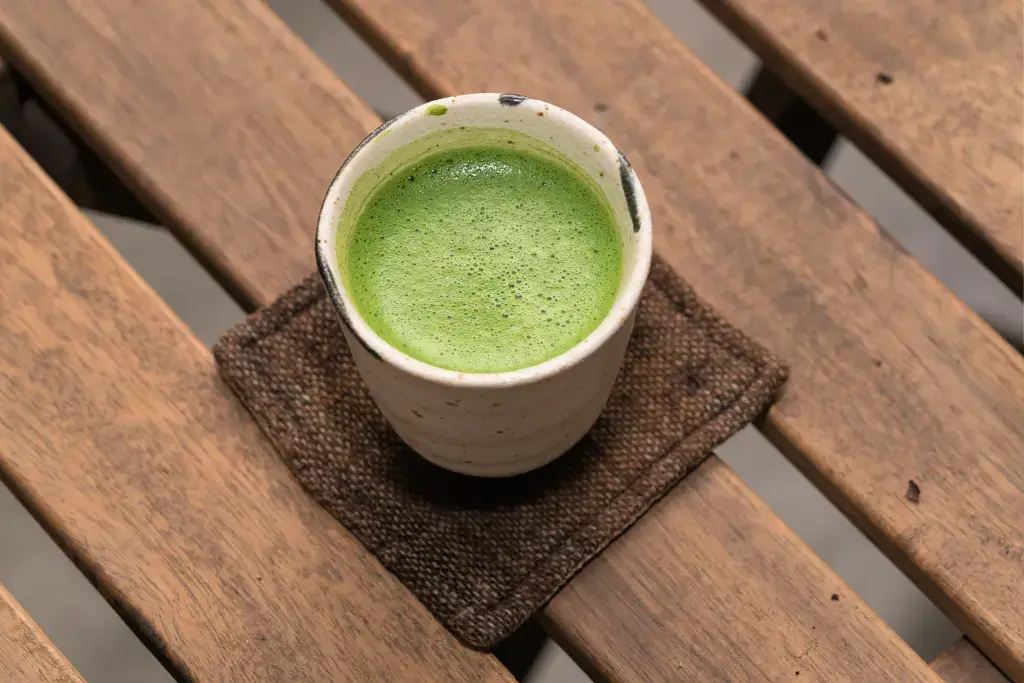
Craftsmen craft each Yunomi to enhance the tea-drinking experience through texture, weight, or color. Some artisans intricately paint them with floral or seasonal motifs, while others embrace the natural look of clay, celebrating imperfections through the wabi-sabi aesthetic. For tea lovers, collecting Yunomi cups offers a way to explore Japanese pottery and appreciate the simple pleasure of sipping tea in everyday moments.
Are you looking for great snacks this season? Check out Sakuraco! Sakuraco delivers traditional Japanese snacks, teas, sweets, and snacks from local Japanese makers directly to your door so you can enjoy the latest sweets directly from Japan!
Gifu Ceramics
Gifu Prefecture is one of Japan’s most famous ceramics regions, home to a pottery style known as Mino ware. The region’s ceramics history dates back over a thousand years, producing pieces that range from tableware to decorative art. Gifu ceramics are versatile, using techniques like Oribe, Shino, and Kizeto glazing. This allows Gifu ceramics to cater to different tastes, from rustic, earthy tones to bright, bold patterns.
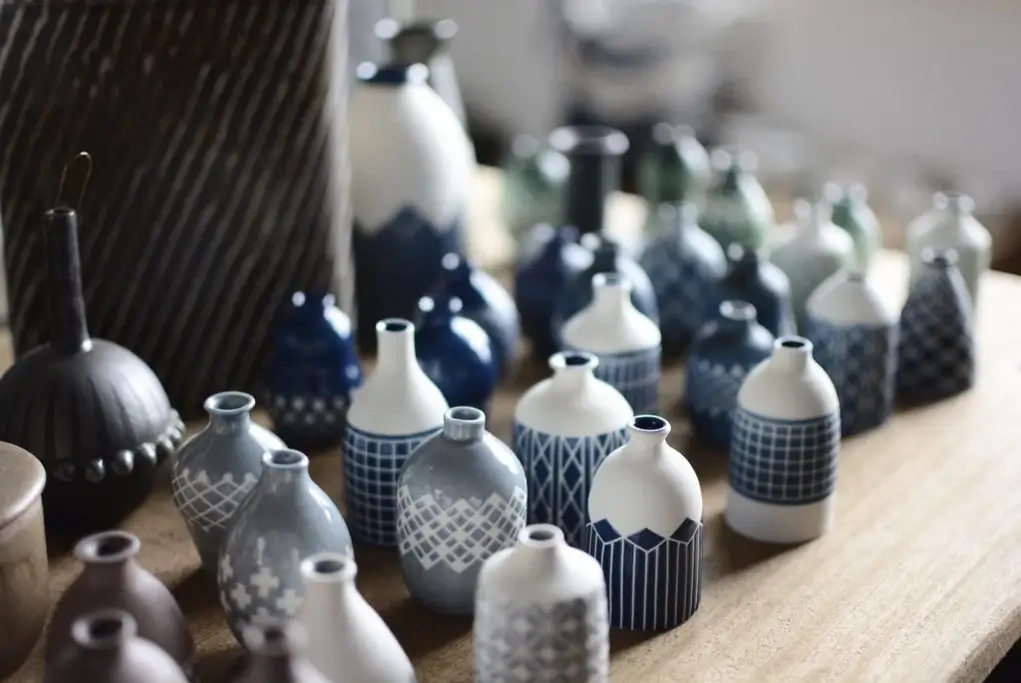
The skilled artisans of Gifu blend traditional methods with innovative approaches to keep their craft alive. Many ceramics from this region draw inspiration from nature, featuring flowers, rivers, and mountains. Gifu ceramics represent Japan’s respect for nature and dedication to preserving craftsmanship through the generations. Collectors and enthusiasts find joy in the beauty and functionality of Gifu ceramics.
Kintsugi
Kintsugi is the Japanese art of repairing broken pottery with lacquer mixed with powdered gold, silver, or platinum. This unique approach to restoration transforms a damaged item into something more beautiful than before. Originating from the concept of wabi-sabi, which embraces the beauty of imperfection, Kintsugi reflects transformation. Rather than hiding imperfections, Kintsugi celebrates them, turning cracks and chips into golden lines.
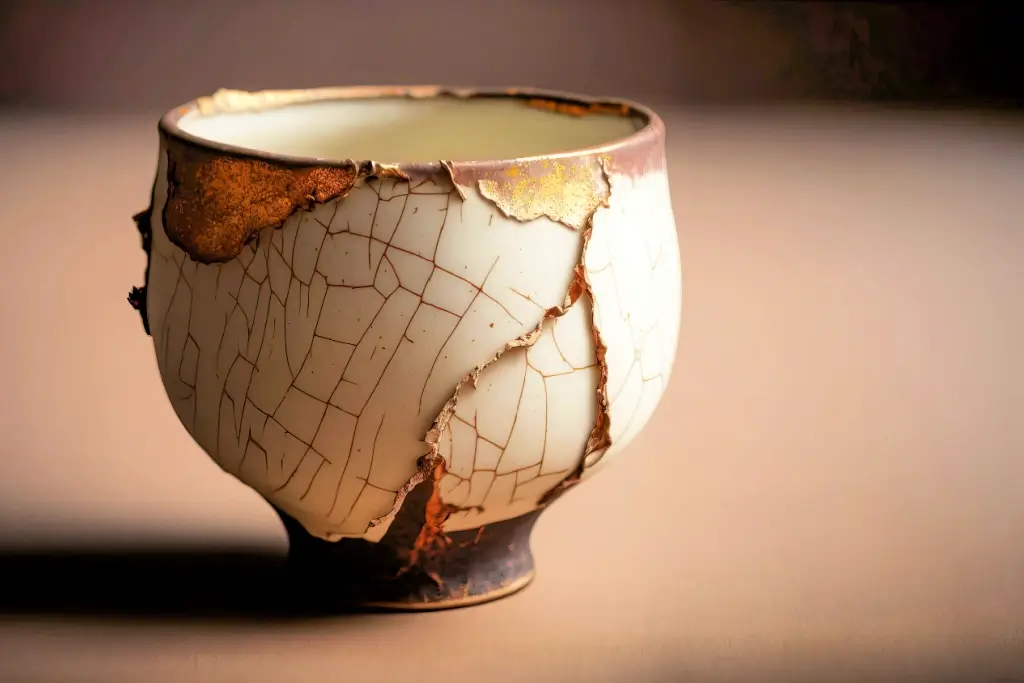
This practice of Kintsugi embraces flaws and finds beauty in brokenness. The repaired ceramics hold significance for both the artist and the owner, symbolizing loss to renewal. Kintsugi has gained worldwide appreciation, influencing art and design beyond ceramics and encouraging people to see value in what is imperfect. For collectors, Kintsugi pieces are treasures that embody strength, making them meaningful additions to any collection.
Kutani Ware
Kutani ware is notable for its colors and designs. It originated in the Kutani region of Ishikawa Prefecture. This Japanese pottery is recognizable for using red, green, blue, yellow, and purple, painted in patterns depicting landscapes, animals, and traditional motifs. Kutani ware is crafted with designs that require meticulous hand-painting. Artisans use layers of glaze and firing techniques, creating rich and lively pottery.
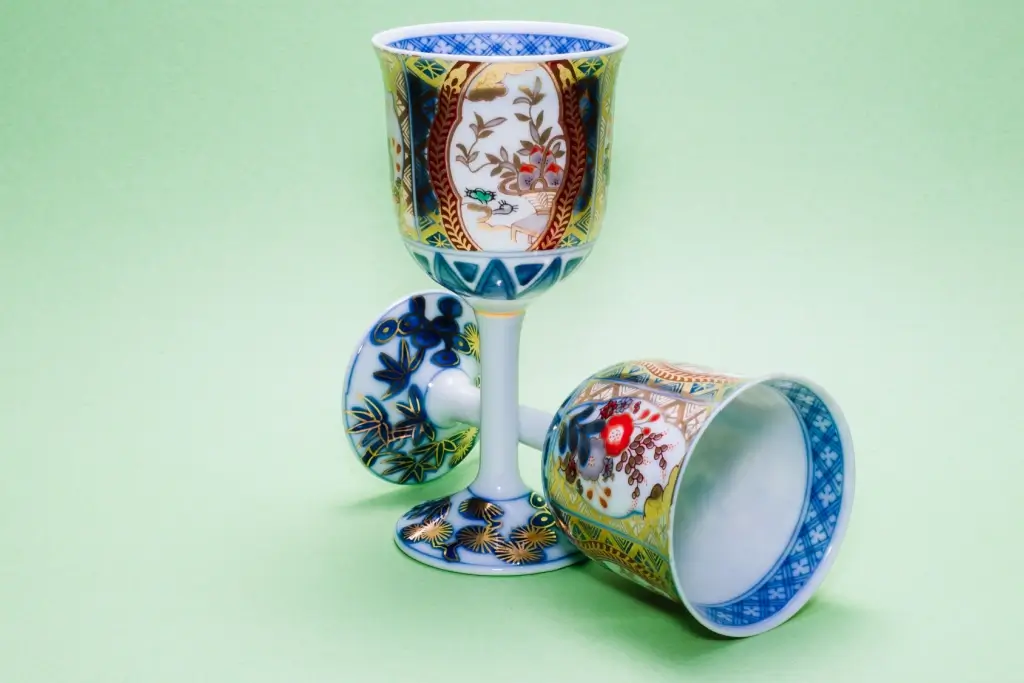
The history of Kutani ware starts in the 17th century and evolves through different periods, each adding new elements to its style. This type of ceramic is highly regarded for its expressive qualities, capturing scenes of Japanese folklore and nature in an almost storybook fashion. Kutani ware appeals to collectors who appreciate detailed artwork, as each piece tells a unique story.
Why are Japanese ceramics unique?
People appreciate Japanese ceramics for their functionality, beauty, and symbolism. Japanese pottery balances aesthetics and everyday use, creating decorative and practical pieces. This tradition celebrates craftsmanship and the artist’s connection to nature, resulting in personal ceramics. These ceramics invite a sense of mindfulness and appreciation for simplicity in daily life.
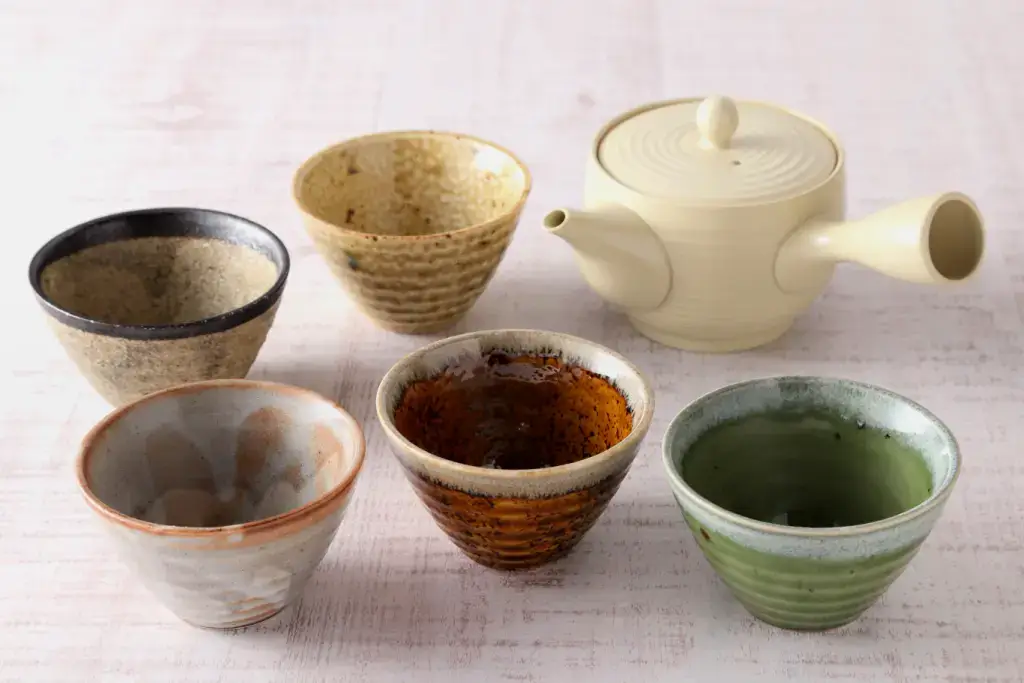
From Kutani ware to Kintsugi, Japanese pottery offers a variety of forms that appeal to different tastes. Artisans inherit their craft through generations, preserving traditional methods while embracing innovations that keep their work relevant. Collectors and enthusiasts enjoy exploring these diverse styles, each telling a story of artistry and cultural heritage. Do you collect Japanese pottery? What is your favorite style? Let us know in the comments below!

Discover authentic flavors with Sakuraco
Get Sakuraco 

Discover authentic flavors with Sakuraco
Get Sakuraco 
Related Articles

Steam Train in Shizuoka: Riding the Oigawa Railway
For travelers who love history, beautiful views, and cozy retro vibes, this steam train is one of Shizuoka’s most charming treasures, with some of the best views. If you want to know more about this train, keep reading below!

Nara Japan: The Amazing Legend of the Sacred Dragon
In Japanese culture, dragons are spiritual beings that represent strength, prosperity, and a harmonious balance with the natural forces. Nara, Japan, has a unique story associated with sacred ponds and revered shrines throughout the region.

Nambu Tekki: Morioka’s Amazing Iron Craft
In the historic city of Morioka, Iwate Prefecture, a craft with over 400 years of history continues to captivate with its rustic beauty and practical charm. Nambu tekki, or Nambu cast iron, refers to traditional ironware, such as teapots, kettles, and decorative pieces, that embody the spirit of Tohoku craftsmanship.

Ebisu: The Cheerful Guardian of Luck and Prosperity
Religion in Japan involves a dizzying array of spirits and beings. These gods are inspired by ancient tales and used to symbolize nature’s bounty. However, they also profoundly impact daily life and are often sought out for help in challenging times



